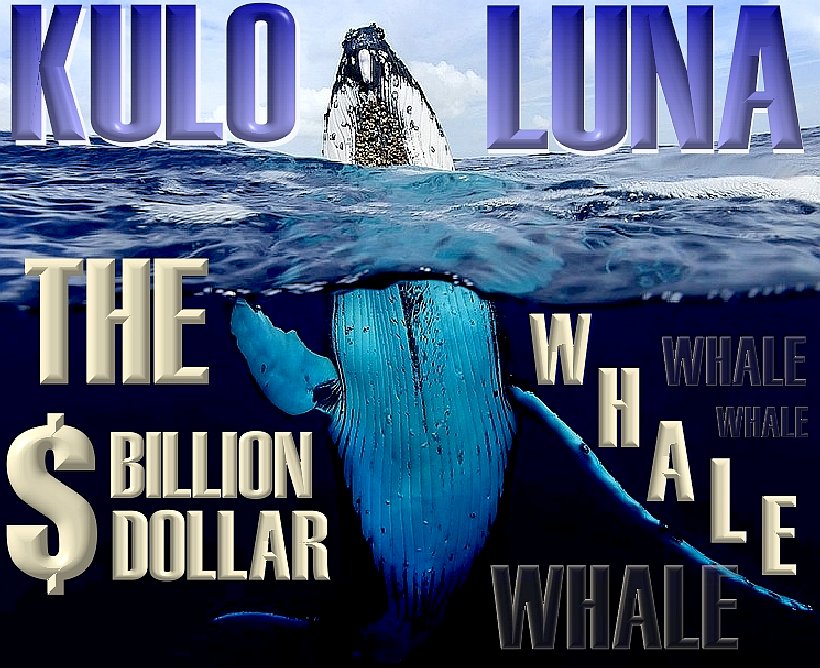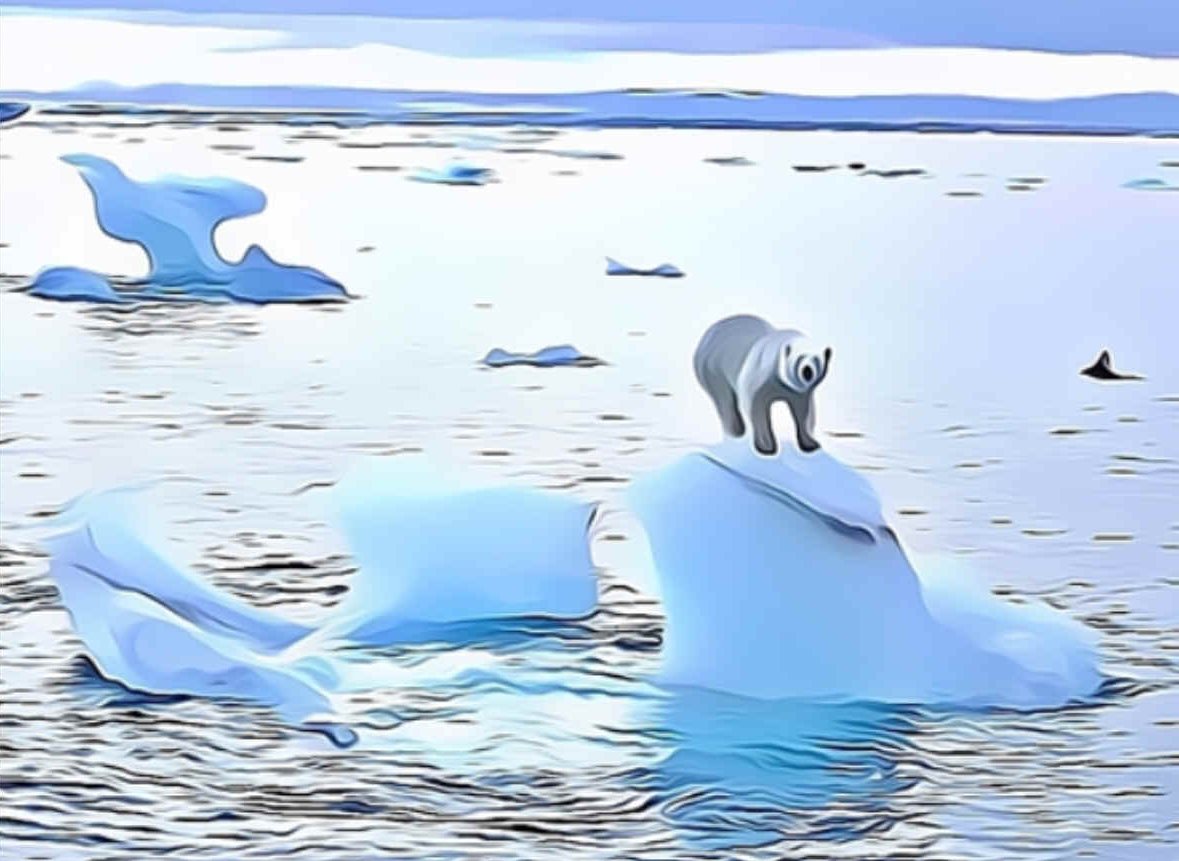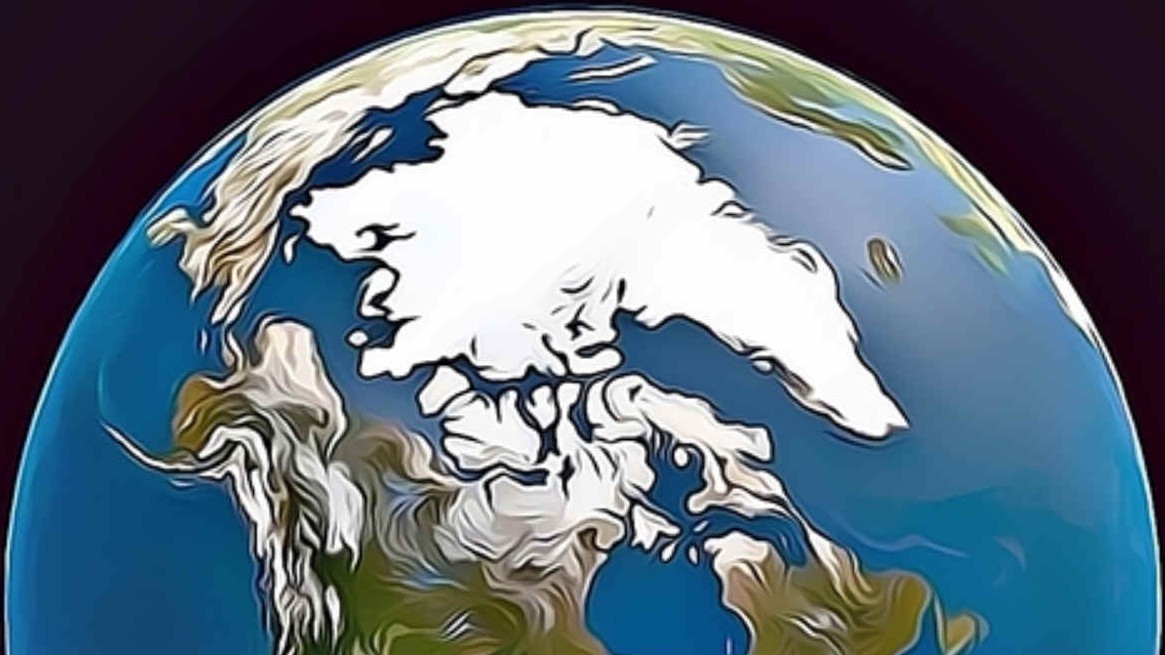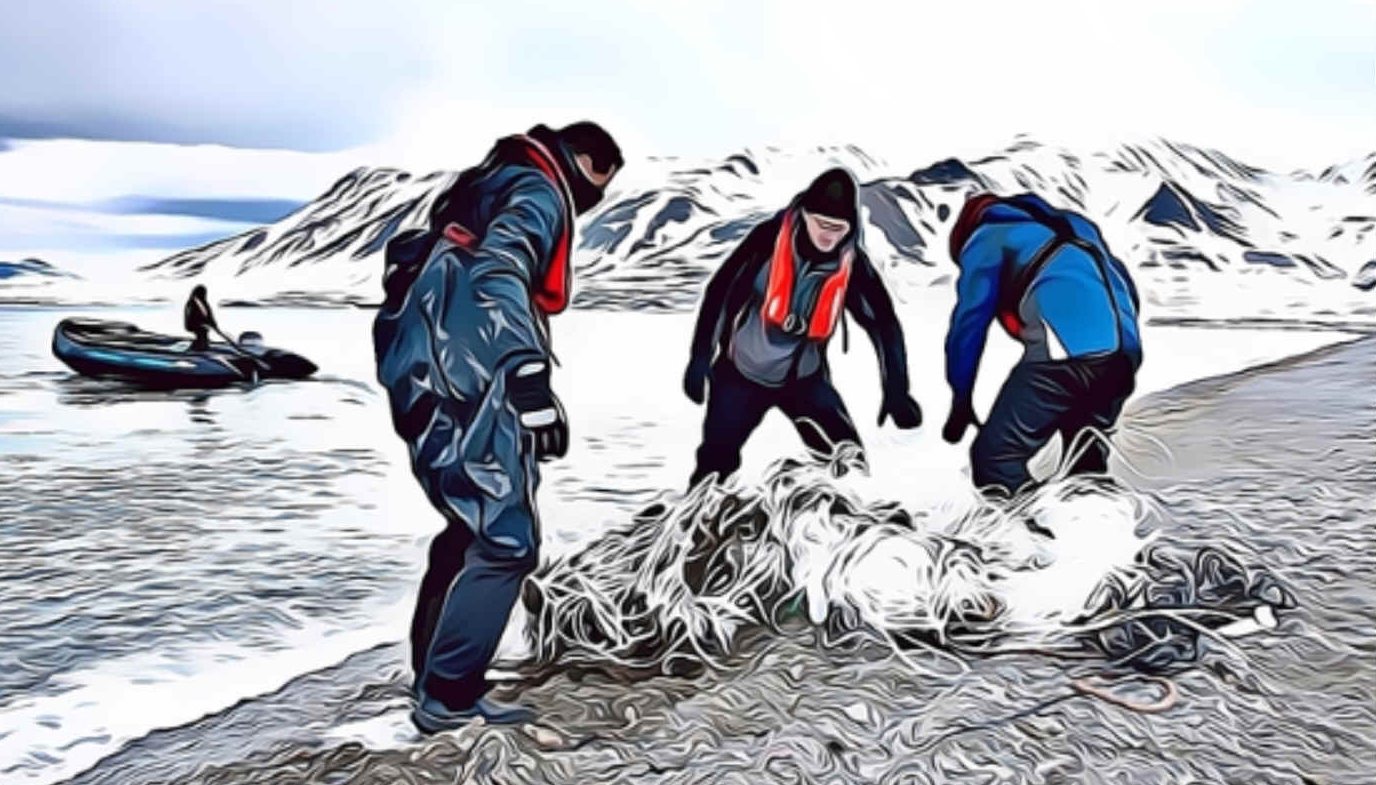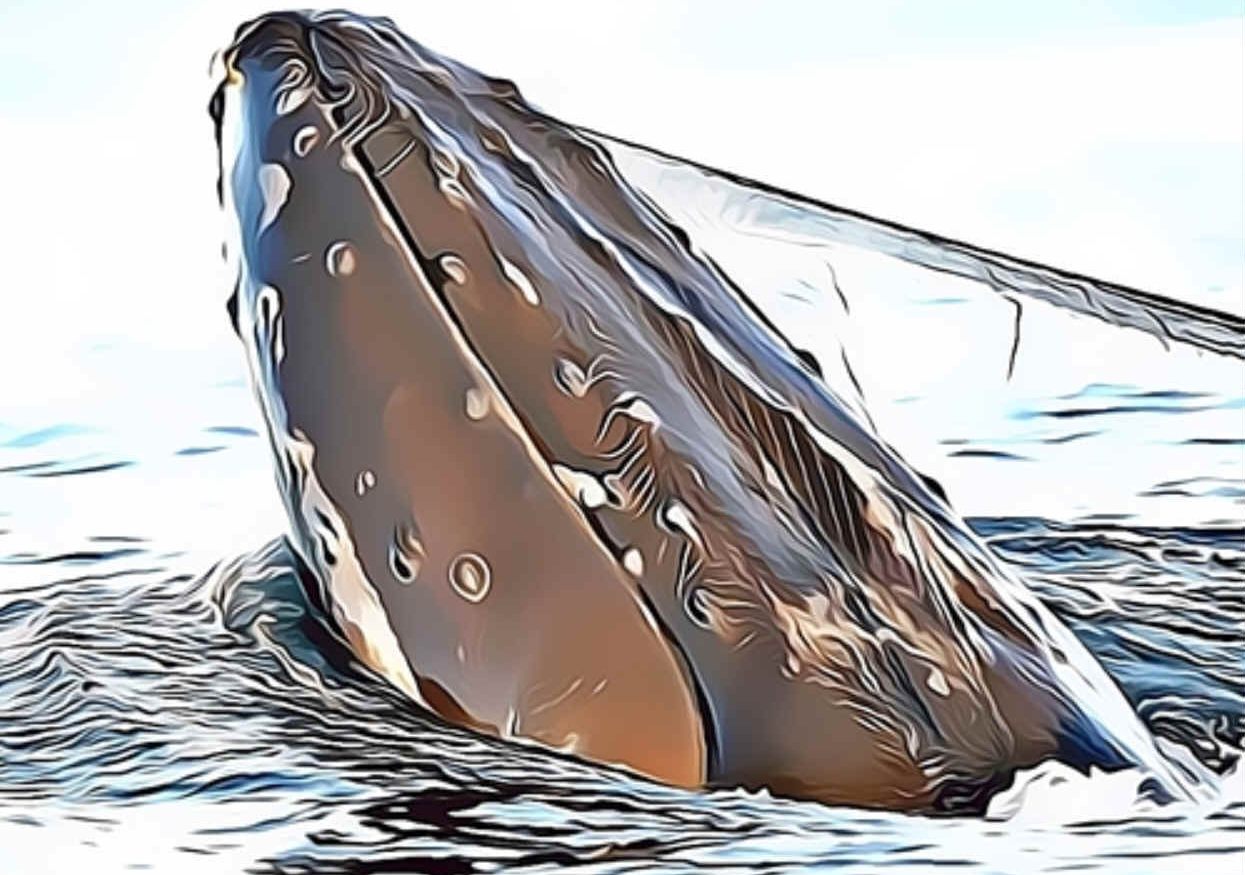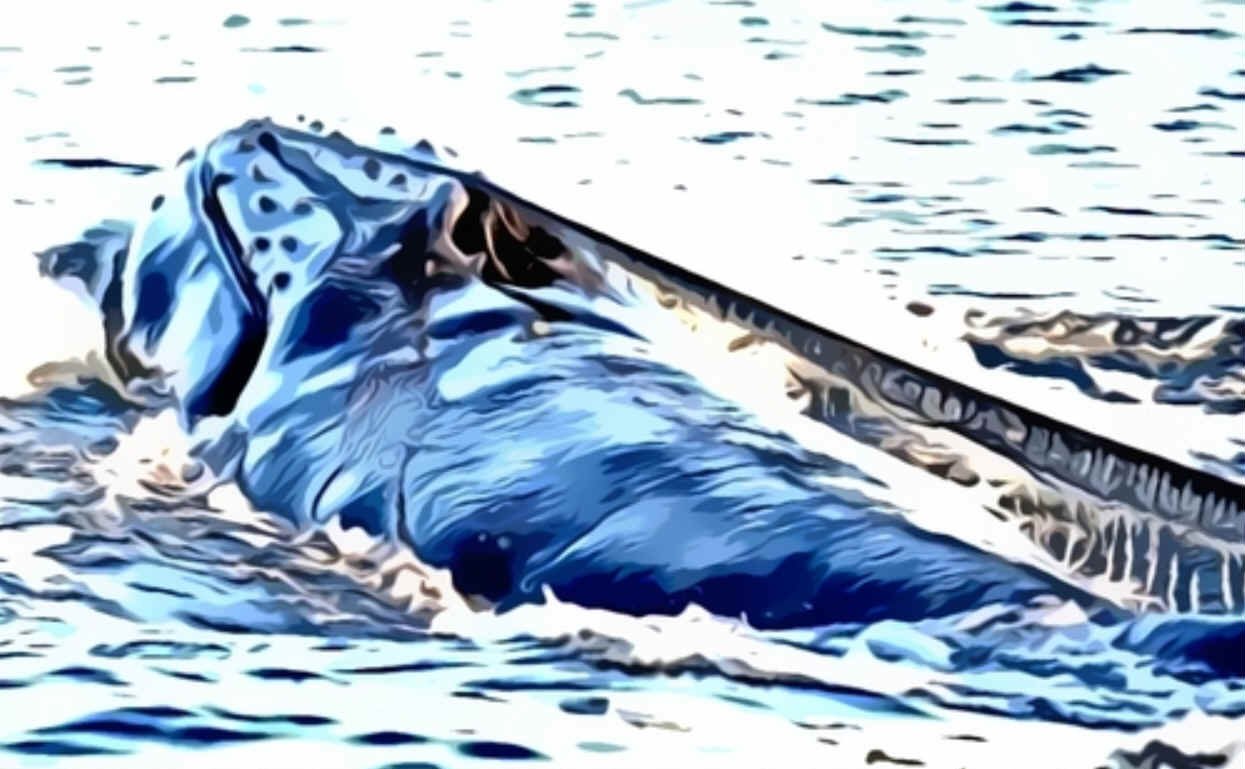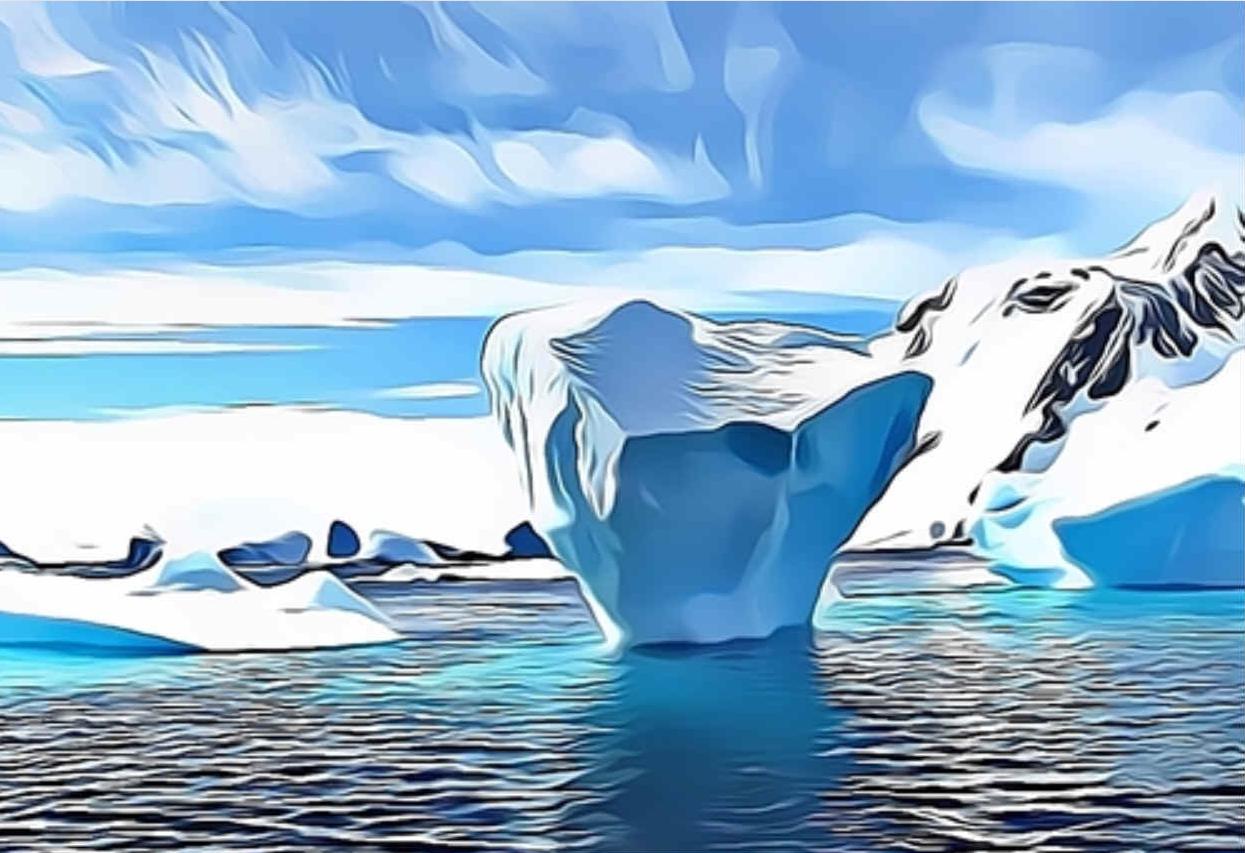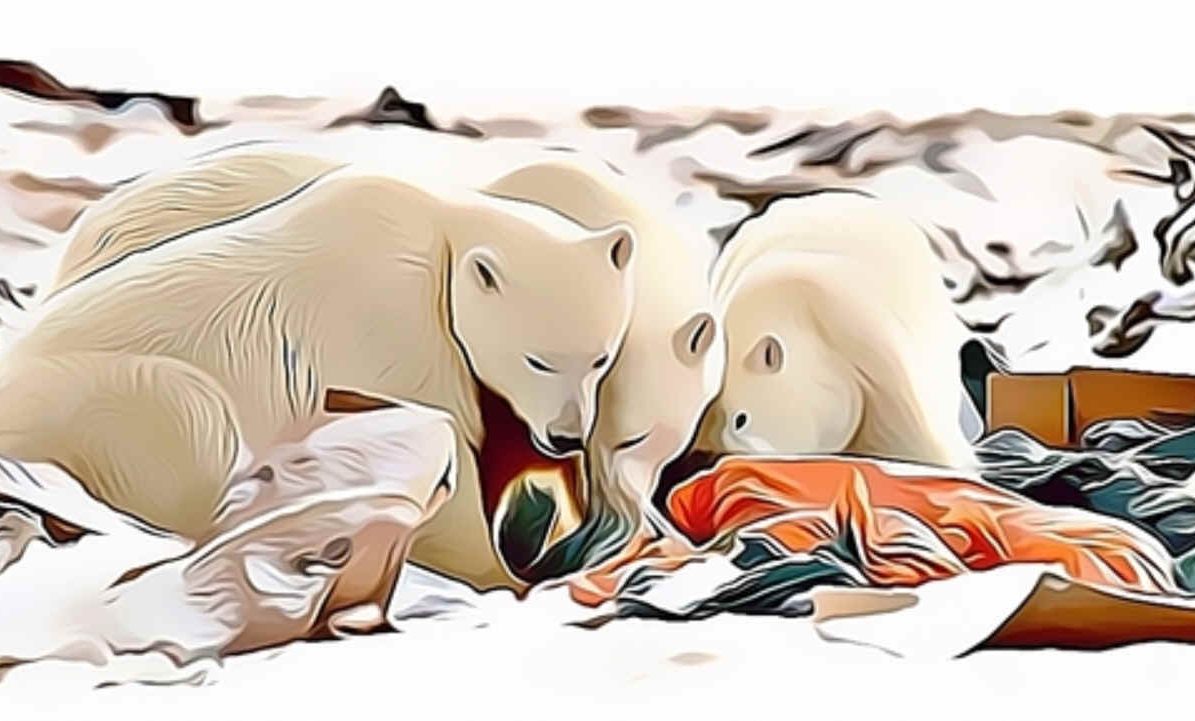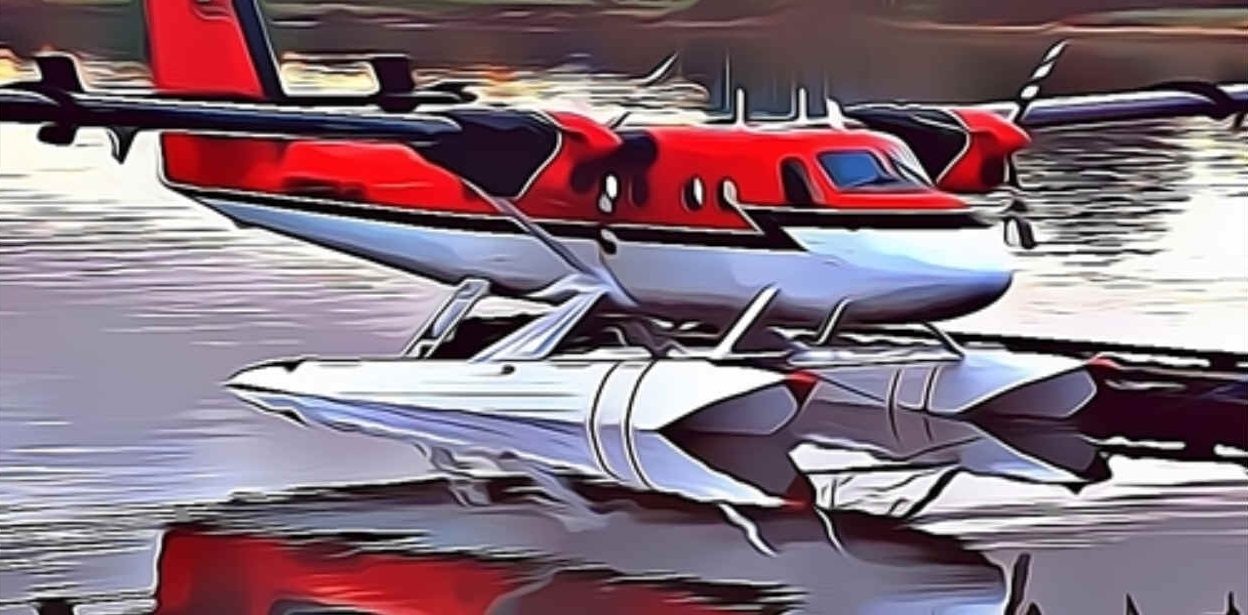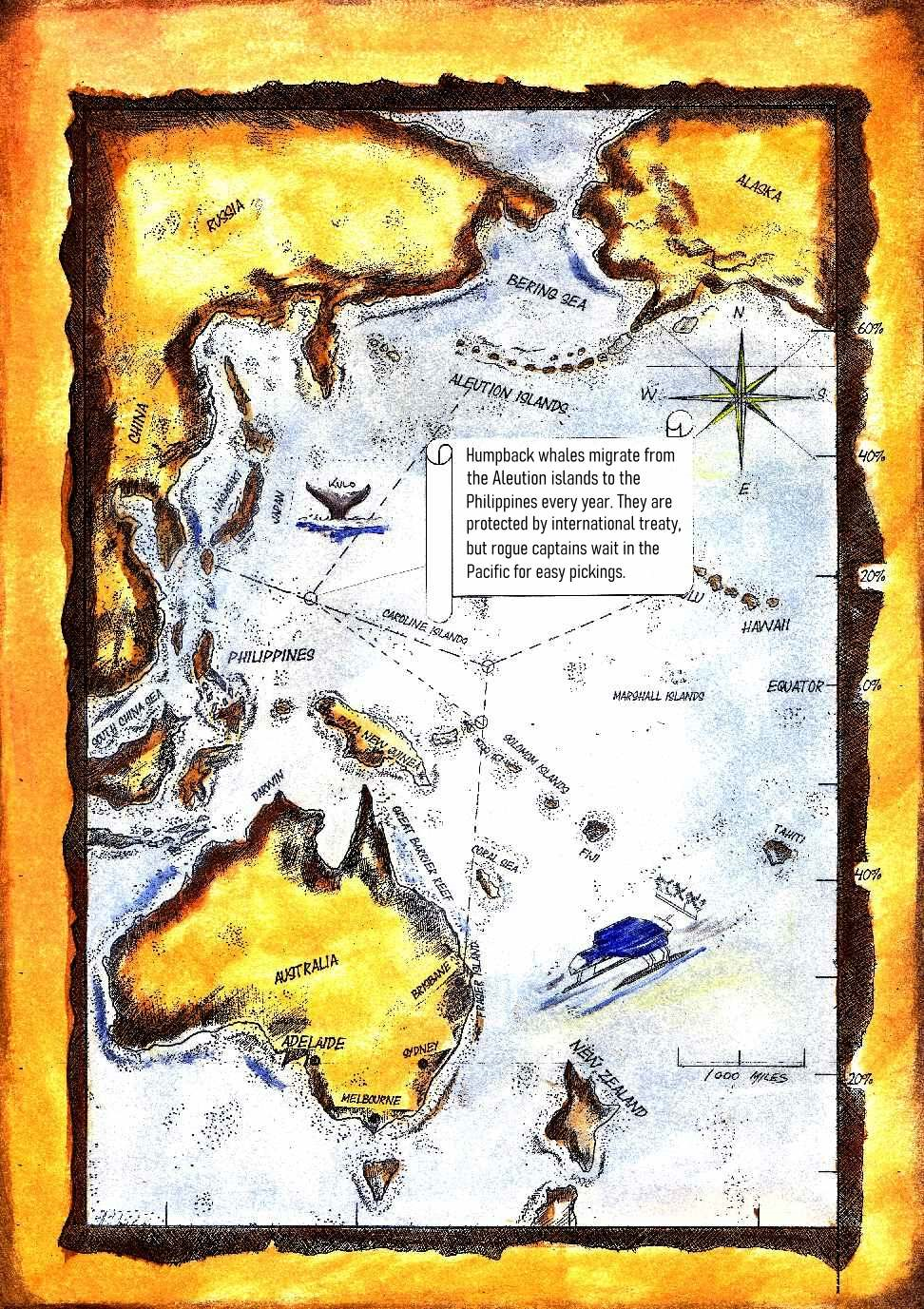|
ARCTIC MELT - PLASTIC LITTER
Please use our A-Z INDEX to navigate this site, or flipper HOME
|
||||||||||||||||||||||||||||||||||||||||||||||||||||||||||||||||||||||||||||||||||||||||||||||||||||||||||||||||||||||||||||||||||||||||||||||||||||||||
The adventures of John Storm and the Elizabeth Swann. John Storm is an ocean adventurer and conservationist. The Elizabeth Swann is a fast solar powered boat. During a race around the world, news of the sinking of a pirate whaling ship reaches John Storm and his mate Dan Hook. They decide to abandon the race and try and save the whale.
(Original Book Chapter 1) – Arctic Melt - 580 W, 750 N
The twin-engine Shorts seaplane banked left, executing a graceful well practiced arc taking the craft parallel to an impressive sheer Arctic ice face some two hundred and fifty feet high. The pilot,
Peter Shaw, motioned to his two passengers pointing toward a sheer frosted blue ice section the size of a small island, which had detached itself from the main body of compacted icecap, thousands of years old. They flew along the ice shelf one hundred and fifty feet above the sea.
“Yeah,” replied Steve after a long delay. He was transfixed on the scenery. Then after a long delay, the pilot continued, “Few people are not impressed.” Before them was a panoramic expanse of white wilderness. Cold, clean and magnificent, yet in danger of slowly crumbling into the southern Arctic Ocean in one big melt, its fragility revealed by man’s unrelenting transgressions against the delicate balance of nature: Global Warming.
In his youth, Peter Shaw had spent three months as a volunteer manning a so-called ice-station. Now, thirty years later he ferried grateful scientists and reporters to and from various landmarks, by way of a charter service. He’d grown to love the crisp Arctic air. Some might say an acquired taste, others, inevitable, with a degree of envy. Until now the flight had lacked communication. But the pilot kicked into travel guide mode when he saw his beloved stomping ground.
"The name ‘Arctic’ comes from the Greek for bear; ‘Arktos’ after the great white polar bear.” Steve nodded genuinely interested.
“So the Arctic is the icy land with bears?” asked Steve.
“That’s right,” said Peter “the Antarctic in so named because it has no bears. From the Greek ‘Anti’ and ‘Arktos’ making Anti-Arktos, or Antarctic; the land without bears.”
“And now nobody knows where the name came from,” said Steve, “they just think of snow blizzards and sub zero temperatures when they hear ‘arctic’.”
Peter and Charley said “Uh,huh” in unison then looked at each other.
Steve turned to his trusty friend and long time camerawoman, ‘Charley’.
“Staggering. You are getting this?” referring to the visuals. Charley Temple was concentrating on capturing the unfolding scenery as the long range seaplane got close enough for the camera to pick up melt detail, thanks to Peter's quality flying.
“Sure thing, boss”, whispered Charley, suitably tinged with
sarcasm. She was trying not to move too much as large blocks of ice face obligingly cascaded into the freezing Arctic waters. This fast disappearing ice mass is home to seals and polar bears, who have a starring role in the unfolding tragedy that is man’s folly; for it is man alone who holds the quill that writes history with his unique ability to understand and influence his environment.
“Well Charley, that’s good enough for me. Mr Shaw, thanks. Would you take us back now?” Another long silence followed. The seaplane swung away from the ice face and up, climbing moderately. The engine noise changed to a deep roar as it strained, then quieted as the plane leveled out.
“Did you know it was here the iceberg detached, which sunk the Titanic.” Steve and Charley looked at each other, bewildered.
“No.” Said Charley. “Yes, they put it down to unusual weather activity at the time – 1912 I think, Baffin Bay, the big ship sailed from Southampton. Peter’s the name.”
“It was April,” said Charley, “I’m Charley. The night of the 14th and 15th, a bitterly cold evening in the North Atlantic.”
Peter turned round to look at Steve and Charley, he frowned.
“How’d you know that missy?”
“Our family had a friend on board – a musician from Eastbourne,” Charley said in a low voice. “Never reached New York. 1,500 people drowned. They only found the wreck in 1985.” Steve looked surprised, Charley had never mentioned this before.
“Have we got a life-raft on board.” Steve joked, then wished he hadn’t. “Sorry.” …..
“That’s okay.” They all laughed awkwardly, stopping quickly to check they had lifejackets. Charley continued “It wasn’t just the lifeboats, the lookout had no binoculars and they’d used cast iron rivets instead of steel rivets to join the hull plates, so when the ship struck the iceberg, the heads snapped off allowing the plate seams to part easily. Apparently, the radio operator was too busy sending passenger messages to pass on a message about ice further south than normal and had been rude to the Carpathia’s radio operator, who then turned off their radio. Carpathia was less than two hours away at the time. For these reasons, the Titanic was fated and the passengers, who got off the ship into the lifeboats, would have to wait four hours for rescue.”
They flew east heading over Greenland to the North Sea and then back to England, a journey of at least 3 hours in a slow turboprop plane, climbing to 2,000 feet. After a while the changing scenery held little interest and all Steve and Charley could think about was getting their story edited in time for inclusion on the first available news slot.
They had to eat too. Steve was sitting with his laptop clacking away on the keys. Charley was viewing the footage and making notes as to prime clips, when the radio crackled into life.
A smile cracked on Peter’s rugged features.
“The ODS is a satellite which can measure the density of the earth’s surfaces. It’s a bloody useful little box of tricks if you’re a geologist prospecting for oil. But it’s also useful to the boffins trying to measure the rate of melt of the polar ice caps.”
“Now that is interesting, the story is the rapid melt….” Steve interjected.
“Due to the albedo-feedback effect.”
“Yes,” said Steve. “In thirty years scientists estimate we’ve lost forty thousand square miles of Arctic ice.”
Peter jumped back in. “In its frozen state Arctic ice will reflect up to ninety percent of sunlight; incoming solar radiation or insolation, to give it its technical name. But when melted the same area of seawater captures ninety percent of that energy. It’s that warming loop making Arctic temperatures rise at double the global rate.”
“We’re losing our natural insulation blanket,” Charley interjected.
“Quite right,” said Peter. Just look at the Northwest Passage. Before global warming only icebreakers and the occasional hardy explorer would dare to wrestle their way through the frozen passage, it’s now navigable for several months of the year.”
Canadian authorities were quick to claim the passage as Internal waters and demand a fee similar to that imposed at the Panama Canal as another lucrative commercial path for merchant fleets.
“Well will you look at that.” Steve and Charley scanned the scenery. Peter was pointing ahead to a small patch of white in the sea. They all strained to see more. Peter took the Shorts down to a thousand feet in a steep approach then levelled out. As they got closer Charley realised it was a group of whales swimming together. She let out a motherly sigh. “It’s some Atlantic humpbacks. Not so many of those as Pacific humpbacks.”
“Take us closer please,” said Charley as she fitted a more powerful zoom lens to her camera.
“Typical,” said Steve, “one tail fluke and you go to pieces. Still, they are suffering too as their krill is thinning out from acid oceans.”
“Shhhhh,” said Charley, wanting to take in the moment.
Peter went lower still and Charley caught a full broach from a playful whale that was being chased by another.
“I got that full frame," she shouted excitedly. "I wish I knew what they were thinking.” Steve and Peter tried to imagine Charley as a whale pondering the ocean, which was difficult because she was so elegant.
“I’ve a mate who really loves these whales. He uses the SAA to listen to them singing. He claims you can track a family of whales from those old hydrophones.
“Really?” said Steve. “I thought they’d scrapped that cold war relic.”
The SAA, or Suboceanic Acoustic Array consisted of around fifty deep sea hydrophones formerly used to track submarines in the 60s and 70s. Then submarine designers got smart and developed quiet propellers, and submarine captains learned to steer passages clear of the SAA grid. Steve and Peter explained all this to Charley.
“What do you think about the illegal whaling?” Peter floated the question generally.
“It’s not fair,” said Charley. “Poor things wouldn’t hurt a fly. We nearly wiped them out.”
“They are rather stunning and a symbol of all that’s good in nature – evolutionary genius.” Steve obviously admired whales.
"What the ....," shouted Charley suddenly. "What is that down there by those whales."
Peter and Steve strained to see what Charley was looking at. Then it was Peter's turn, "Jeeze, that is plastic flotsam, I think." "Holy cow", said Steve. "Can you get us in closer."
Peter banked the plane to head up and back in a circle, so that he could do another pass at a lower altitude. They swooped in again much lower - dangerously low. Charley was braced, ready with her camera.
"That's brilliant, keep her steady please Peter," said Charley.
"What am I a Dam Buster," said Peter, with a wide grin. The aircraft was only 30 meters above the waves. During 1943, 617 Squadron, a team of Lancaster bombers, destroyed the Möhne and Edersee dams in Germany, dropping bombs at extremely low altitude, for which Wing Commander Guy Gibson was awarded the Victoria Cross.
Charley and Steve were fully aware of how low they were, Steve gripped his seat, while Charley was too focused on capturing the moment to care about her safety.
A pod of whales were swimming amongst what looked like a sea of plastic bags and bottles. Charley fired off a burst of video and stills.
Steve could not believe his eyes. "Well done Charley. Thanks for that Peter. Those whales are swimming in our rubbish. Unbelievable!"
"Worse than that, they are swallowing it," said Charley in an angry and frustrated voice. "They can't digest plastic, nor can seabirds or fish." She had turned reddish pink, from her usual English rose complexion, she was so infuriated.
Steve could see this and could actually feel the radiated heat from her body in the confined cabin. He knew they had touched a raw nerve.
Peter quickly regained altitude for comfort. "Move over Barnes Wallace, he said." Steve and Charley failed to respond. "Barnes Wallace was the designer of the famous 'bouncing-bomb' used by 617 Squadron in 1943."
"Yes, we know," said Charley and Steve in unison.
All three sat silently for the remaining trip home, a warm feeling inside from seeing nature’s gentle giants in action, mixed with a feeling of guilt that humans were responsible for destroying their habitat with greed: an insatiable appetite for economic growth, rather than harmonic stability.
The subject of sustainability was the main theme of Steve's writing.
In his view, politicians seemed to have missed the fact that continuous growth would eventually strip bare the earth leaving a barren planet as all the natural resources are consumed to feed a 10 billion and growing population. Policy makers seemed oblivious to the dumping of waste and accumulation in the gyres.
Steve knew that if every single person on planet earth aspired to a luxury house and car, holidays abroad and constant entertainment, that there would be no land to grow the food to sustain life? Steve thought that humans should stop using coal for electricity, and oil to power our jets and gas guzzlers, because at the present rate the G20 were super heating the planet? He believed that the planet needed managed forests to provide timber for sustainable houses, a view shared by most serious conservationists.
Steve had a vision of solar and wind farms providing cheap renewable energy for all, to power a clean electric society. He imagined eco houses with solar roofs. The United Nations had set such targets, with the European Union also aiming high. But the oil giants were red-flagging the works, and policy makers developed myopia, not grabbing hold of solutions that were right in front of them, despite food security issues. In his view it was the age old 'Board of Longitude' attitude repeating itself, again and again. Apparently, ingrained in civil servant thinking.
He often mused that one possible but highly unlikely solution might be to spread human explorations to other planets, or maybe transport human DNA to another world, when we would become the alien invaders of the future. Again, highly unlikely, but worth thinking on as technology stretches to give us greater abilities. It would be a Planet B, and we might need it. Presumably, the space programmes were in anticipation of exhausting Planet A.
- * -
GRAPHIC NOVEL
The graphic novel translation omits many of the above book chapters (in grey) entirely, and condenses others, aiming for a lively visual read.
This story is a modern Moby Dick, the twist being that there is a happy ending for everyone involved with the $Billion Dollar Whale, even the whalers. Herman Melville would have approved.
Please use our A-Z INDEX to navigate this site
|
||||||||||||||||||||||||||||||||||||||||||||||||||||||||||||||||||||||||||||||||||||||||||||||||||||||||||||||||||||||||||||||||||||||||||||||||||||||||
|
This website is Copyright © 2024 Cleaner Ocean Foundation Ltd and Jameson Hunter Ltd
|
